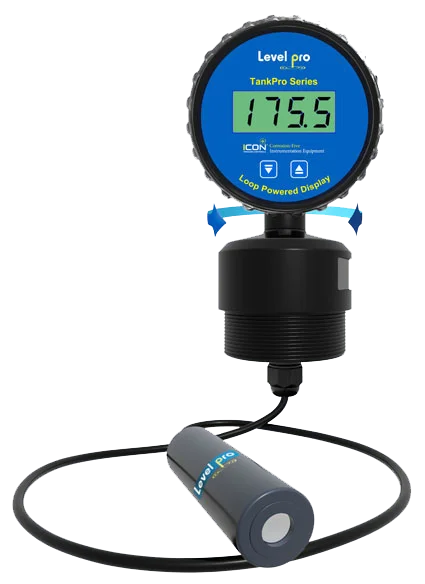Why are ultrasonic level sensors not suitable for chemicals that produce vapor

Ultrasonic level sensors use sound waves to measure the level of a liquid or solid in a container. They work by emitting a high-frequency sound wave that travels from the sensor to the surface of the liquid or solid being measured. The sound wave is then reflected back to the sensor, where it is received and analyzed.
Chemicals that outgas, or release gases, can cause problems with ultrasonic level sensors because the gases can interfere with the sound waves as they travel from the sensor to the surface of the liquid or solid. This can cause the sensor to produce inaccurate readings or no reading at all.
Outgassing can occur when certain chemicals are stored or used at high temperatures, or when they are exposed to certain types of materials or environments. For example, some chemicals outgas when they come into contact with certain types of plastics or when they are stored in a sealed container.
To prevent problems with outgassing, it is important to select a level sensor that is compatible with the specific chemical or chemicals being used, and to take steps to minimize the potential for outgassing, such as using appropriate materials and containers and maintaining proper temperature and pressure control.
Submersible level sensors are a type of level sensor that is designed to be immersed in a liquid or slurry. They are often used to measure the level of chemicals in storage tanks, process vessels, and other containers.
One reason why submersible level sensors are suitable for use with chemicals that produce a vapor is that they are fully immersed in the liquid or slurry, which means that they are not exposed to the vapor. This can prevent the vapor from interfering with the sensor’s operation or causing damage to the sensor.
In addition, many submersible level sensors are made from materials that are resistant to corrosion and can withstand the harsh conditions of being submerged in a corrosive liquid or slurry. This makes them suitable for use with a wide range of chemicals, including those that produce a vapor.
It is important to carefully consider the specific requirements of your application and consult with a sensor manufacturer or supplier to determine the best level sensor for your needs.
Learn more about level sensors
Please contact us to discuss your application


